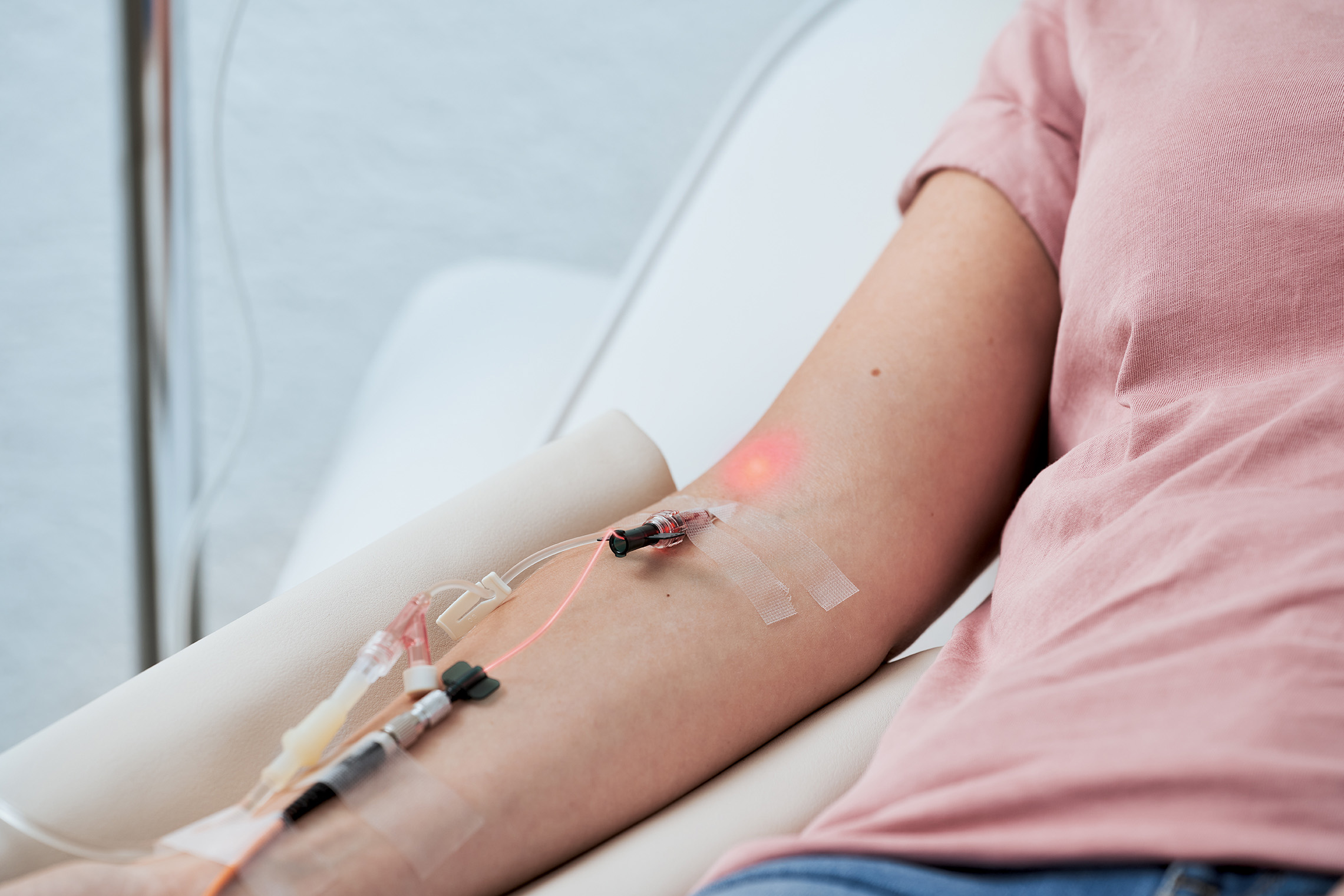
Photodynamic Laser Therapy
Stimulation of photosensitive substances by laser light
Photodynamic Laser Therapy
Photodynamic Laser Therapy
Photodynamic therapy (PDT) is used for the treatment of tumors and infections.
The therapy relies on the targeted activation of a photosensitizing agent administered intravenously, via local injection, or topically. After selective accumulation in pathological tissue, the area is irradiated with light at a specific wavelength.
Phototoxic mechanisms, primarily through the generation of reactive oxygen species, effectively destroy diseased cells while sparing the surrounding healthy tissue.
The following photosensitizers are available:
• Riboflavin
• Hypericin
• Chlorin E6
• Indocyanine Green (ICG)
• Curcumin
• 5-ALA (5-Aminolevulinic Acid)
Feel free to contact us if you would like to request infusions.
Since disease progression in this area is highly individual, treatment plans are tailored accordingly.
The duration, number, and frequency of sessions are determined based on the patient’s personal situation.
Indications
-
Photodynamic tumor therapy
(applicable to all types of tumors, with or without metastases)
-
Photodynamic tumor therapy
(applicable to all types of tumors, with or without metastases)
-
Antimicrobial photodynamic therapy
(e.g., hepatitis, malaria, Lyme disease, or acne)
-
Antimicrobial photodynamic therapy
(e.g., hepatitis, malaria, Lyme disease, or acne)
aPDT: Innovative approaches for combating infections
Antimicrobial photodynamic therapy (aPDT) offers an effective approach to managing bacterial, viral, parasitic, and fungal infections. A major advantage of this treatment is its effectiveness against multi-resistant pathogens.
Which wavelengths are used in photodynamic laser therapy?
In photodynamic therapy (PDT), the choice of photosensitizer determines the appropriate wavelength or laser color. For example, curcumin exclusively absorbs light in the blue spectrum, while indocyanine green (ICG) responds to light in the infrared range. Accordingly, the following wavelengths are selected for the photosensitizers listed above:
Ultraviolet
370
nm
Blue
405/447
nm
Yellow
589
nm
Red
635/658
nm
Infrared
810
nm
Ultraviolet
370
nm
Blue
405/447
nm
Yellow
589
nm
Red
635/658
nm
Infrared
810
nm
Integrating sonodynamic therapy
Photosensitizers used in photodynamic therapy (PDT) can also be activated by ultrasound waves. These waves induce cavitation effects in the tissue, increasing cell membrane permeability and thereby potentially enhancing the therapeutic outcome. Find suitable devices for therapeutic ultrasound applications here.
Accessories
In intravenous PDT, the Weberneedle® Y-cannula allows simultaneous administration of laser light and photosensitizer through a single puncture. For interstitial PDT, the Weberneedle® Lasercath with a puncture cannula is utilized. For treatment of superficial tissues, the combination of the Weberneedle® Butterfly and the Weberneedle® Lasercath provides a convenient alternative.
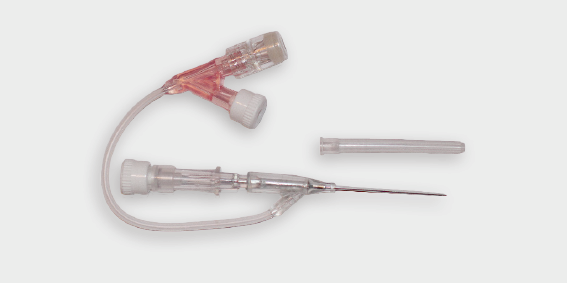
Y-cannula
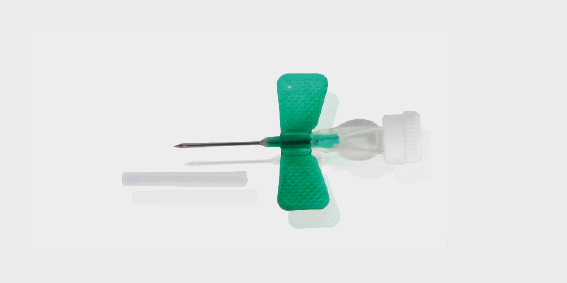
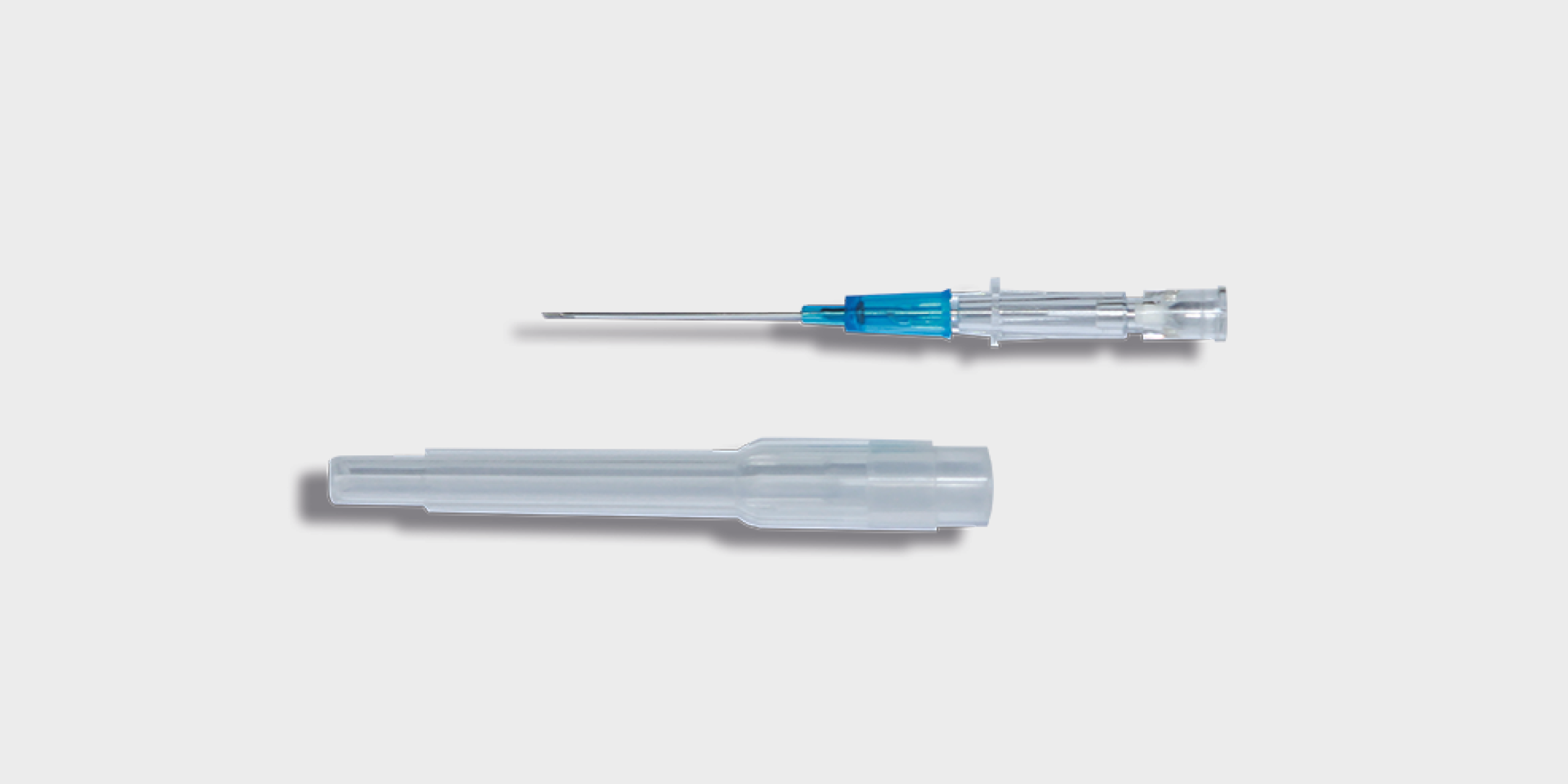
Plastic cannula
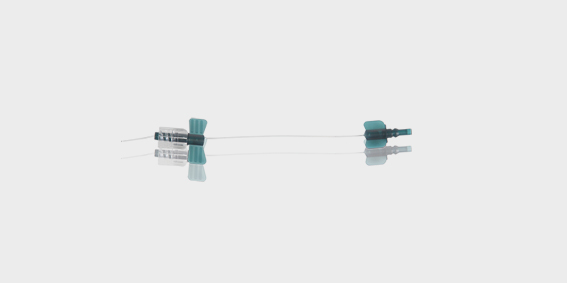
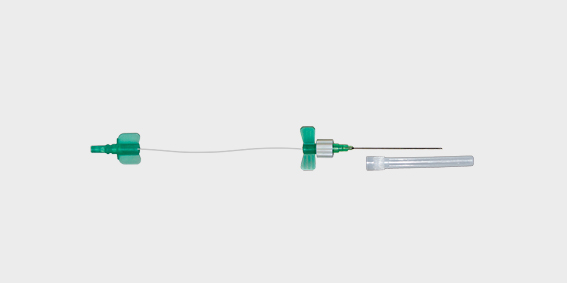
with puncture cannula
Application
Fundamentals of photodynamic tumor therapy
Discover how photosensitizers work and how targeted light activation selectively destroys tumor cells.
Other laser therapies
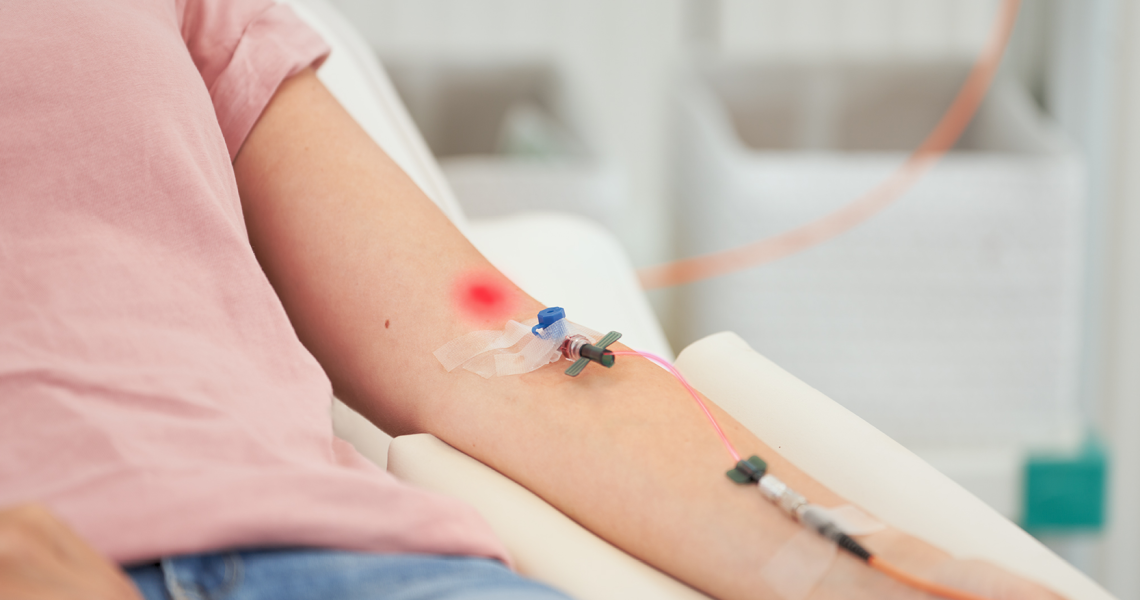
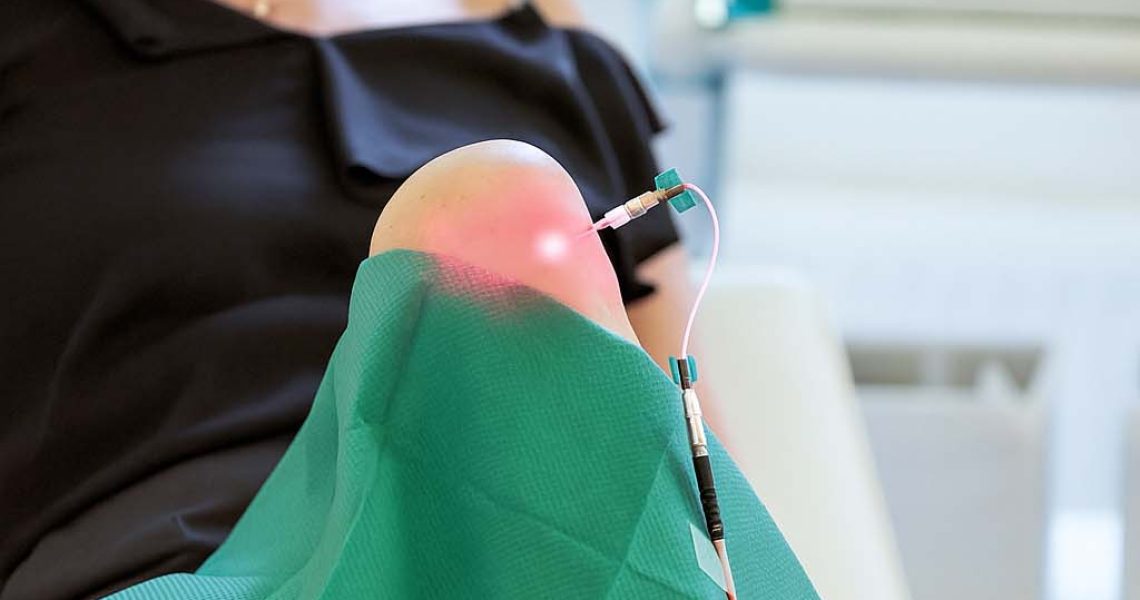
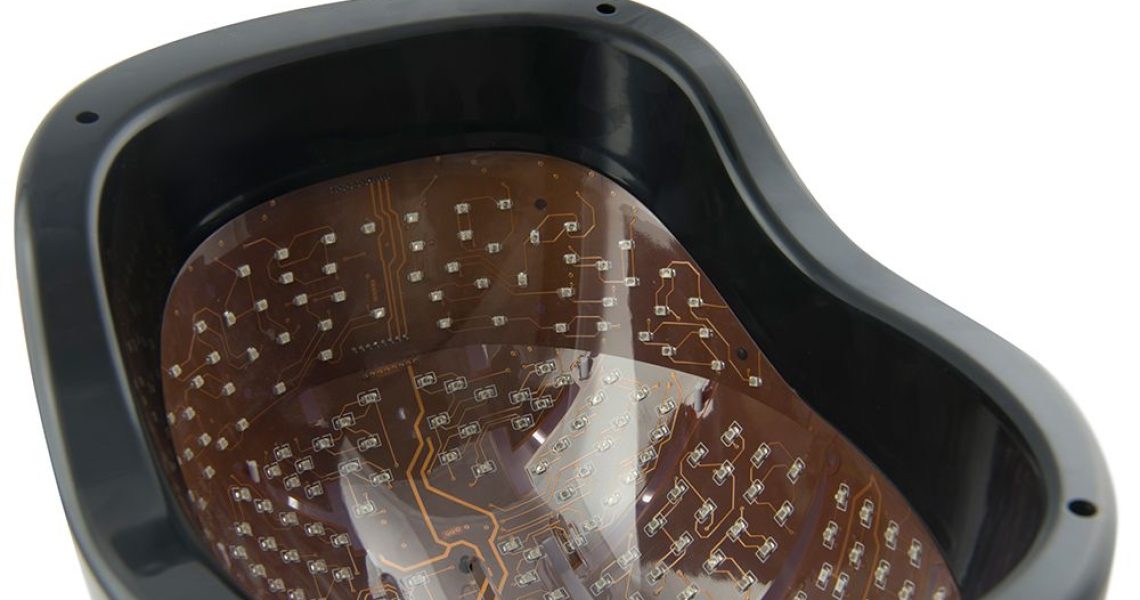
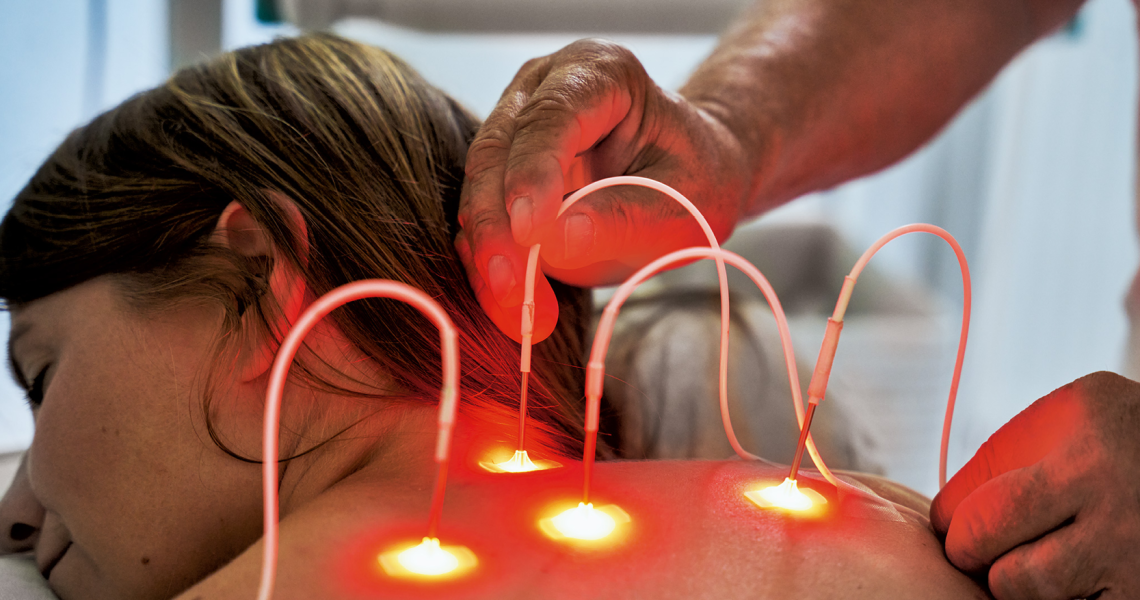
For Clinics
Weber Medical GmbH
Tel: +49 5273 367 780
Fax: +49 5273 367 7819
info@webermedical.com
For Home Use
Weber Medical Systems GmbH
Tel: +49 5273 389 4506
info@wmedicalsystems.com
Shop: wmedicalsystems.com
© 2025 All Rights Reserved.
